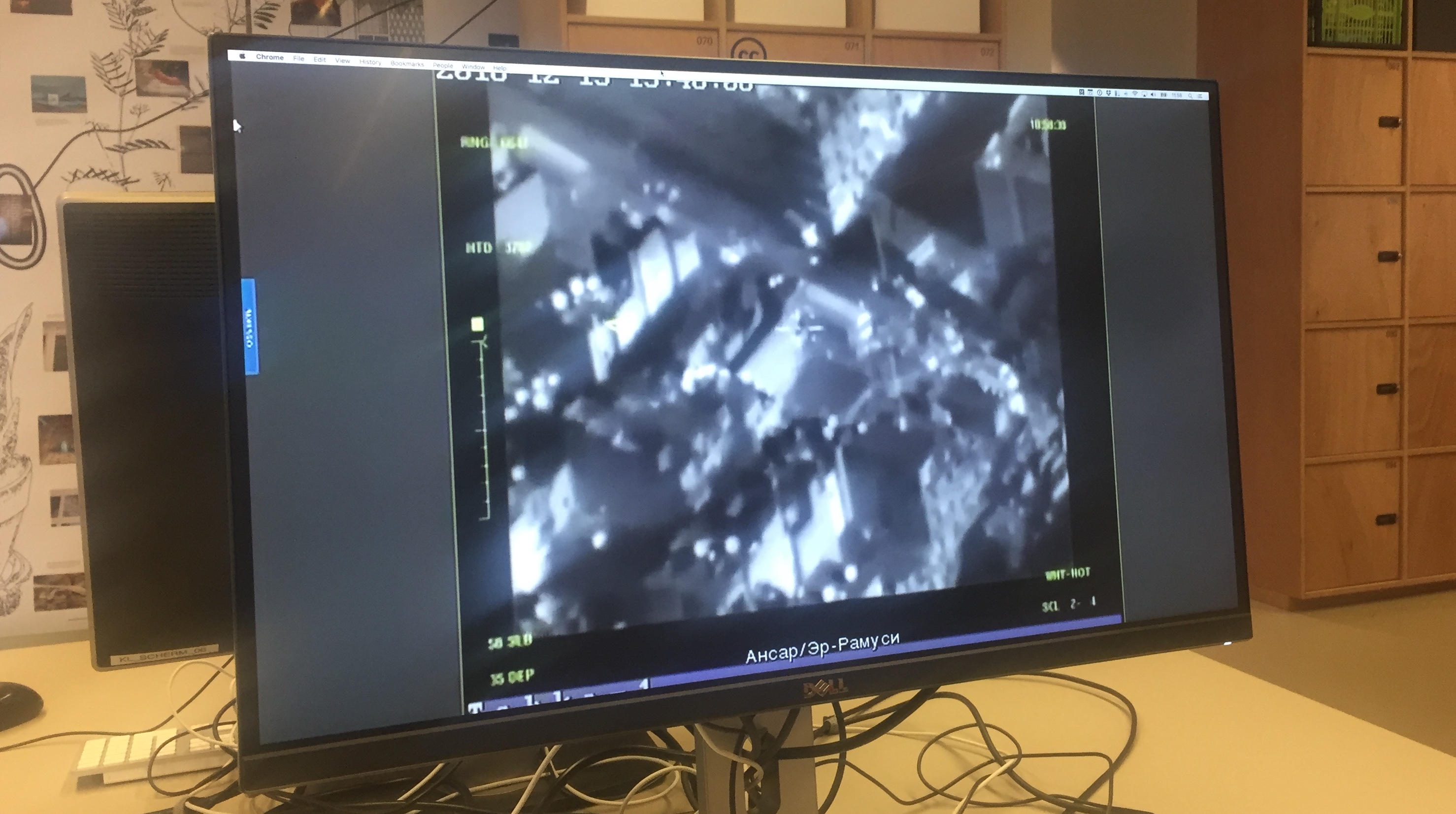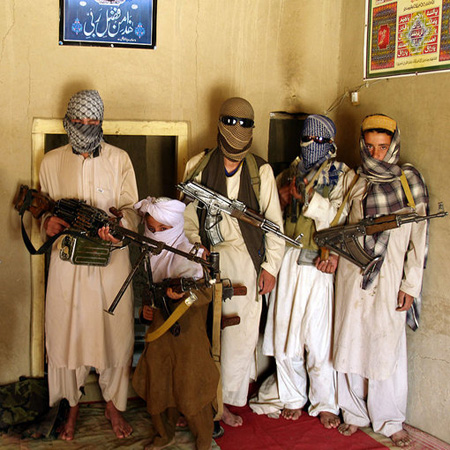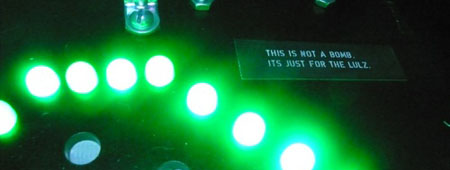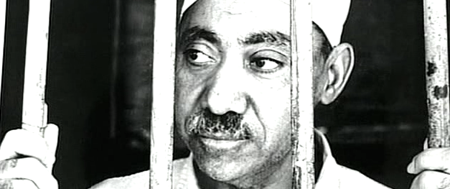Coming back to the Waag i found the printout of Fear and Money in Dubai by Mike Davis on my table (placed there by the invaluable Patrice, who seems to have never heard of such things as emails and hyperlinks, but then you can read printouts in your bathtub, which is not a bad thing either). The article turns out to be an excellent piece about the state of affairs in Dubai, with a number of interesting observations about piracy/smuggling/terrorism/falcon-hunting:
The platform for Dubai’s extraordinary ambitions has been its long history as a haven for smugglers, gold dealers and pirates. […] Pearl fishing and smuggling were the mainstays until oil wealth began to generate increased demand for Dubai’s commercial savvy and port services. Up to 1956, when the first concrete building was constructed, the entire population lived in traditional ‘barastri’ homes made from palm fronds, drawing water from communal wells and tethering their goats in the narrow streets. […]
Following Khomeini’s revolution in 1979, it also became the Persian Gulf’s Miami, providing refuge to a large community of Iranian exiles, many of whom specialized in smuggling gold, untaxed cigarettes and liquor to their puritanical homeland, and to India. More recently, Dubai under the tolerant gaze of Tehran has attracted large numbers of wealthy Iranians who use the city “more like Hong Kong than Miami” as a base for trade and bi-national life-styles. […] Building on such clandestine connections, Dubai in the 1980s and early 1990s became the Gulf’s principal dirty-money laundry as well as a bolthole for some of the region’s most notorious gangsters and terrorists. […]
Indeed, since 9/11 a huge investigative literature has explored Dubai’s role as ‘the financial hub for Islamic militant groups’, especially al-Qaeda and the Taliban: ‘all roads lead to Dubai when it comes to [terrorist] money’, claims a former high-ranking us Treasury official. Bin Laden reportedly transferred large sums through the government-owned Dubai Islamic Bank, while the Taliban used the city’s unregulated gold markets to transform their opium taxes, paid in gold bullion, into laundered dollars. In his best-selling Ghost Wars, Steve Coll claims that after the catastrophic al-Qaeda bombings of the us embassies in Nairobi and Dar es Salaam, a cia scheme to target bin Laden with cruise missiles while he was falcon hunting in southern Afghanistan had to be aborted because he was in the company of unnamed Emirati royalty. […]
In addition, al-Maktoum for almost a decade provided luxurious sanctuary for Bombay’s Al Capone, the legendary gangster Dawood Ibrahim. His presence in the sheikhdom in the late 1980s was hardly low-key. ‘Dubai’, writes Suketu Mehta, ‘suited Dawood; he re-created Bombay in lavish parties, flying in scores of the city’s top film stars and cricketers as guests, and took a film starlet, Mandakini, as his mistress’. In early 1993, according to the Indian government, Dawood, working with Pakistani intelligence officials, used Dubai as a base for organizing the infamous ‘Black Friday’ bombings in Bombay that killed 257 people. Although India immediately requested Dubai to arrest Dawood, he was allowed to flee to Karachi, where he is still sheltered by the Pakistani government […]
Read the full article here. Also 2 clicks away from endnote 48 is one of the most deadly restaurant critiques i have ever read (especially if you are british!)





